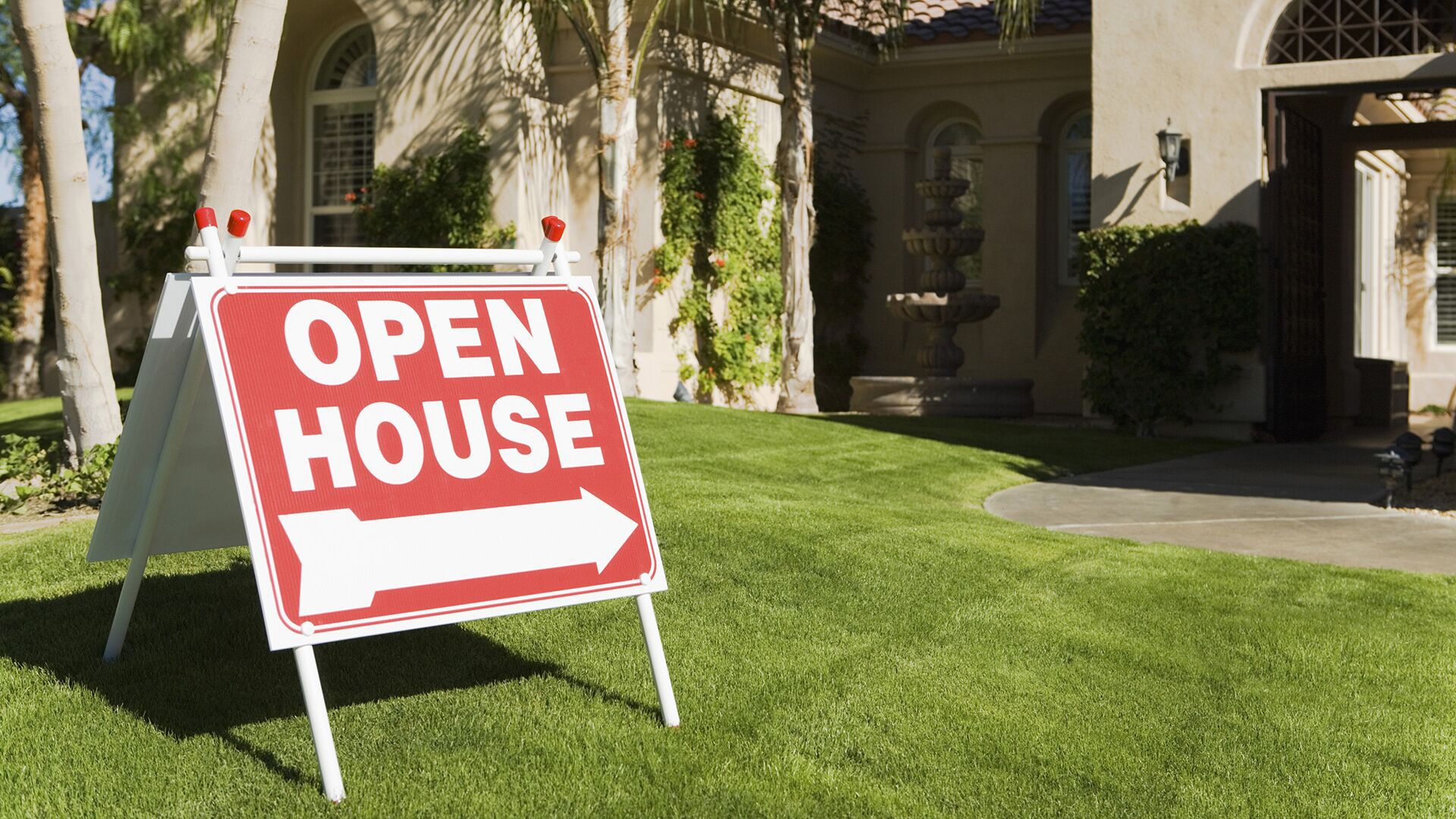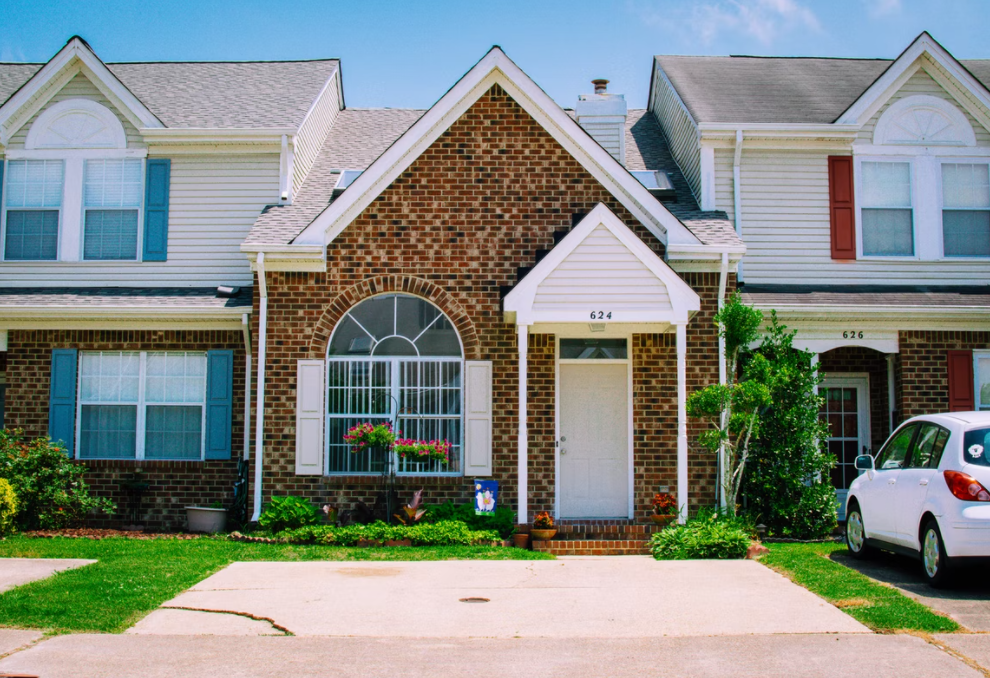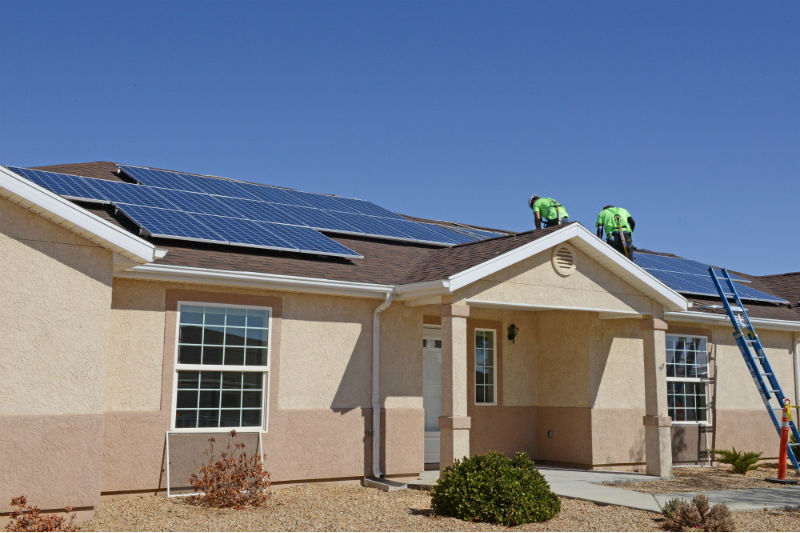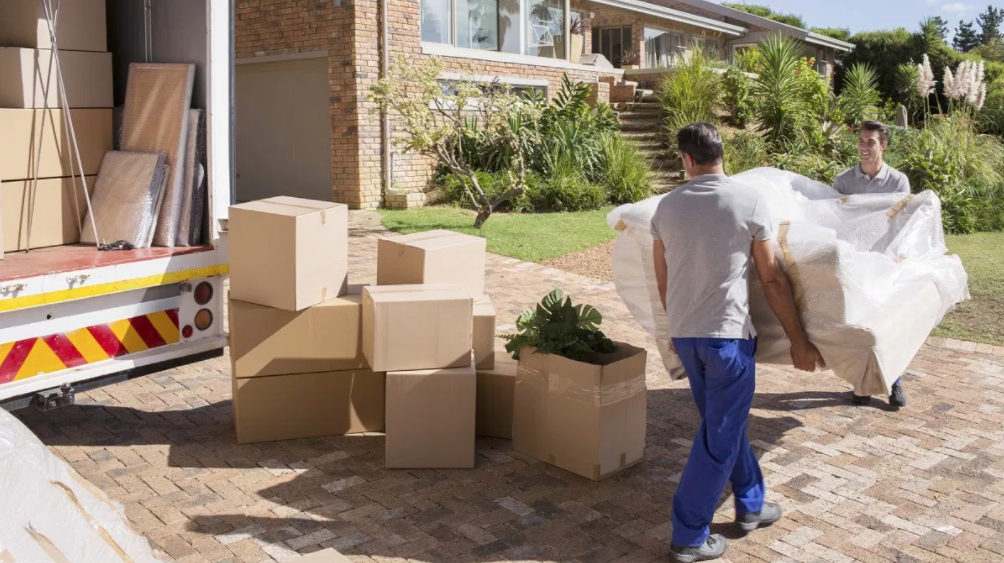How to Sell a House with a Bad Yard: Grab the Garden Gloves and Get to Work

You’ve taken months to prepare your home to sell. You’ve painted, scrubbed, and scraped every surface!

Photos By: Stock Images
You’ve even climbed to the top of a ladder to wash the outside of your second floor windows. Everything is updated and prepared for buyers to view, everything except your lawn. The grass is brownish green, there are bare spots everywhere and there are just as many dandelions as there are grass blades. Does your lawn really matter that much to a home buyer?
The answer is yes. A resounding yes. A well-manicured lawn is very important to homebuyers. In fact, it is so important that taking care of your lawn is the number one curb appeal project that real estate agents suggest sellers tackle. Not only is it recommended by agents to boost your home’s marketability, it is also a major source of increased home value. Nationally, a well-manicured lawn will increase your home’s sale value by $2,173. So grab your gardening gloves and get to work if you want the best chance of selling your home for the highest price.
Let it Grow
Trimming your grass is a basic lawn care necessity. But do you know how long your grass should be for the best looking lawn? Experts recommend keeping your grass cut between 2/12 to 3 inches long. This means you should wait for your grass to reach around 3 and one-third inches high and then trim off about the top one-third inch of growth. Keeping your gas this length will keep crabgrass at bay by shading the grass root. When showing your home, strive to keep the grass at a uniform level for the best appearance.
Fertilize
Fertilizing isn’t a yard care process that many homeowners partake in, but it is very beneficial especially if you have a less than stellar yard. You can’t just throw down a random bag of fertilizer and expect immediate results. When you spread fertilizer you should ensure that there will not be any heavy rain for the next few days. Too much rain will wash the nutrients away before your grass can soak them up. Use a slow-release fertilizer and gently water the law for a couple days after application. Make sure to spread the fertilizer evenly throughout the entirety of your lawn starting at the edges and working your way back and forth. Use a spreader and resist the urge to over apply. Additional applications of fertilizer won’t help. Instead, it will waste money and can even burn or kill your lawn. With a bad yard you need to consider fertilizing at least twice a year. Once on Memorial Day and then around Labor Day. Fertilizing results can usually be seen in a few weeks but could take longer.

Let the Grass Clippings Stay
Grass clippings can be annoying, especially when they are tracked into your home. But if you are trying to sell your home and your lawn is in need of serious help you should let them stay on the ground rather than rake them up. Grass clippings nourish your lawn and are small enough so to break down quickly. Of course you should clean up clippings that spread onto the sidewalks, road, driveway, or other surrounding hard surface. The only time bagging your clippings is necessary is if your lawn has a disease. You should bag these and dispose of the clippings so the disease does not spread.
Use Lawn Repair
Bare patches are a clear indicator of a lawn that needs help. Luckily they are easy to fix. Remove any dead grass from on or around the bare patches. Then loosen the soil three inches below the ground. If the patch is small you can spread the lawn repair mix by hand. But if it is larger you should use a spreader. Scatter the mix and don’t let it pile up. There should be no more than half an inch thick of lawn repair mix in any spot. Finally, water the patch regularly with a low pressure hose. Do not overwater as this will wash away the seeds.
Use Turfgrass
Some lawns are so damaged from large bare spots that they need more than just lawn repair mix. These large areas are usually left over from where a pool or deck once sat. Pre-grown grass comes in rolls and can be spread out over the bare patch. While the cost of sod is fairly expensive it is a lifesaver if you need a spot fixed quickly. Sod takes only about two to three weeds to root. You should have a professional lay the sod to ensure proper installation.

Get Rid of Grubs
Are dead patches of grass randomly popping up around your yard? This could be the sign of a grub problem. If you are trying to sell your home you need to fix this as soon as possible. Grubs are the immature form of a variety of beetles such as Japanese beetles, June beetles or European chafers. These small white C-shaped bugs eat away at grass roots and can cause major damage. To check for a grub issue, remove a square foot of sod, approximately three inches deep from the center of a brown patch of yard. Sift through the dirt for the little white creatures. If you find more than five grubs you have a grub infestation that you will need to treat immediately. Use a grub killing spray then water the lawn so that it penetrates the soil. Just make sure to keep pets and children away from the lawn during and immediately after the application as it contains chemicals that can be dangerous. It can take up to ten days for grubs to die. Once the grubs are gone you can treat the bald patches of your lawn with a lawn repair mix.
Clear out the Weeds
Weeds are an eyesore in even the greenest of lawns. To prevent them from taking over you should keep your grass at least three inches long so that weeds will have less of an opportunity to multiply. The three most common weeds are crabgrass, dandelion, and white clover. Just as each of these weeds looks different, they need to be treated differently. Crabgrass takes root in lawns with extremely short grass and those that are overwatered. This hard to kill weed branches outward with its blue-green or purple blades. A weed spray may kill the existing crabgrass. You will need to remove the weeds from the root and dispose of them in a trash bag.
Dandelions are a child’s favorite “flower” with their bright yellow tops and white floating seeds. However, they are an unsightly addition to a lush green lawn and need to be removed. To remove the weeds you can spray it with a dandelion specific spray that will kill the plant. After a couple of days you should dig up the root, which can grow to 10 inches deep so that it will not grow back.
Finally, white clover was once viewed as a superior alternative grass and can still be used as a delicious addition to salads and teas. However, white clover in a yard is not a great addition when you are trying to sell your home. White clover appears in yards that are low in nutrients and overwater. Get rid of existing white clover by spraying them with a herbicide or removing them by hand. Fertilize your lawn to keep the nutrients up and keep the white clover from returning.
Keep Your Lawn Hydrated
In most areas of the country there is enough rainfall to keep your lawn watered and growing. However, droughts can happen and lawns can easily dry up and die in the hot summer sun. To keep this from happening you can water your lawn two to three times a week. Do not water any more than that as it will be a waste of water and could create an overwatering issue that will invite weeds.
Boost your Curb Appeal
While your grass is growing and the weeds are dying you can tend to the other areas of your yard. Boost your curb appeal by adding in low maintenance landscaping. Add a small flower bed around your front porch or place potted plants around your door for a fresh burst of color. Layer your landscaped areas in mulch to add an additional $1,749 to your home’s sale price. Powerwash your front porch, siding, driveway, and walkway for added shine. You can even add solar powered pathway lights for an additional glow around your lawn.
Fixing a bad lawn is a process and will take a little bit of extra work. In the end, the extra time and money spent working on your yard will pay off in a faster home sale and a higher sale price.






